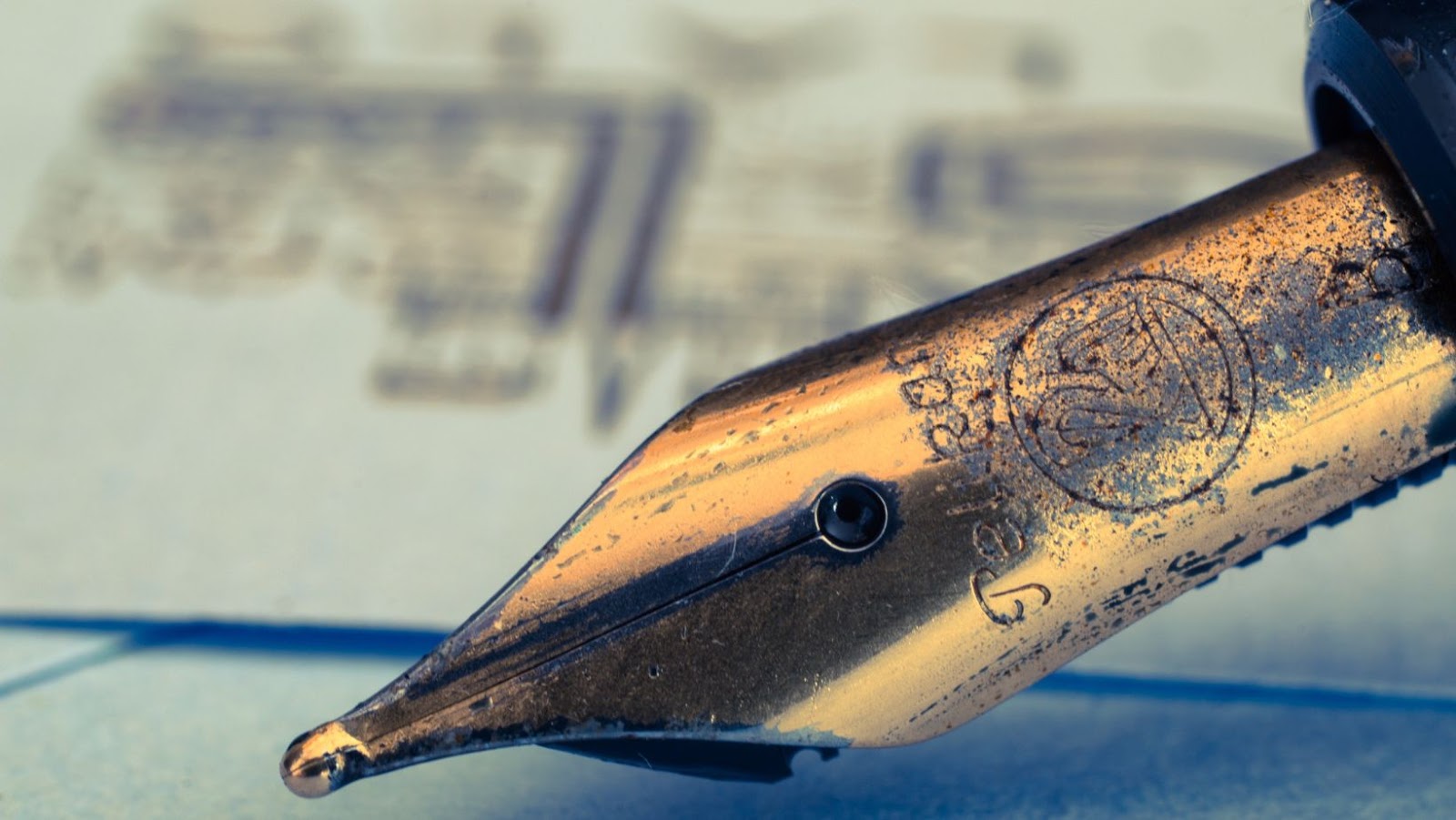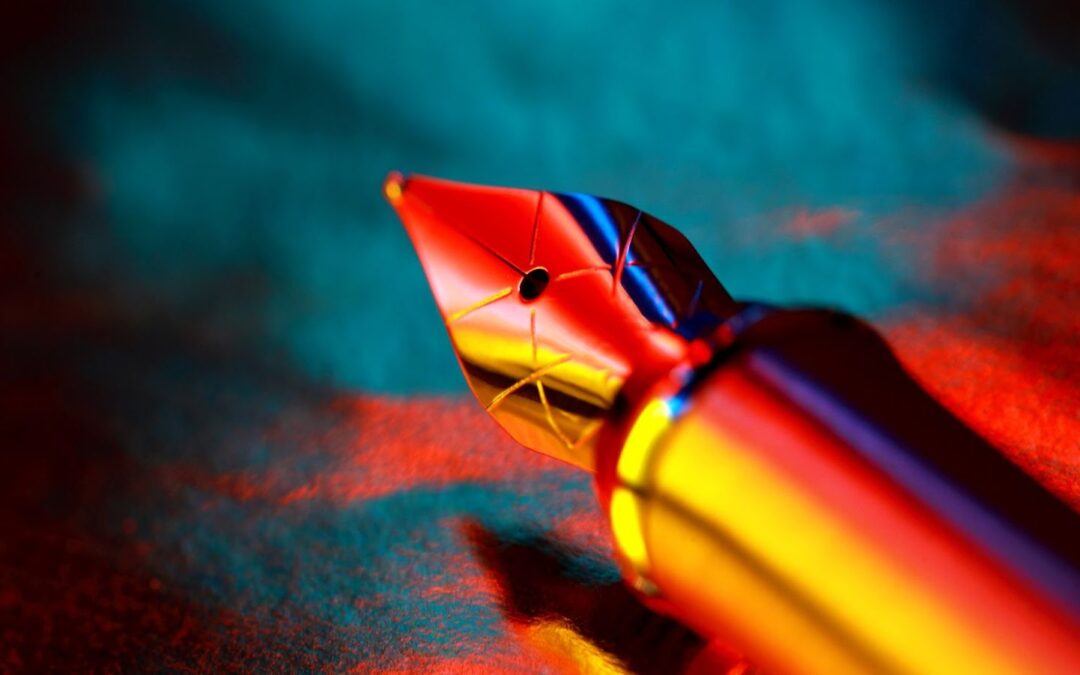Even the best painters loved to use the simple pen to create beautiful masterpieces, yet, the pen drawings that were frequently done during some tedious class at school may turn into real works of art.
The fantastic and creative world of drawing becomes apparent as soon as you use a simple pen or fountain pen. Through practice and mistakes, you learn to define a structure or a simple form and learn to create variations.
But when drawing, it’s crucial to have complete control over your hand, for it to be steady and be able to control it.
You can get a certain impact from your drawing by improving yourself and understanding how to control the force you apply to the paper.
And the greatest drawing guides advise training through specialized exercises using a fountain pen or a basic ink pen to learn how to adjust this strength.
Why Use a Fountain Pen to Draw
Using a quality fountain pen like the Parker 51 is a terrific way to explore hatch textures and create quick sketches. The straightforward fountain pens provide you the chance to produce genuine works of art of astounding quality.
The fountain pen is a truly ubiquitous tool that is simple to locate on any desk and has the ability to produce genuine works of masterpieces with a little experience and practice.
A simple drawing can be improved in a number of ways by using the fountain pen, but perhaps most importantly, the chiaroscuro technique.
But undoubtedly, using a pen to draw requires learning how to hold it quite differently than when writing. By adjusting the pen’s inclination, you may create darker or lighter lines, exactly like when you use a regular sketching pencil.
Using a fountain pen undoubtedly enables you to achieve a significantly more graphic and less pictorial impression.
Since it is not impossible to make mistakes with a pen, you must thus pay closer attention and be more practical. For this reason, it is crucial to train your hand only via extensive practice.
Since the ink of the pen is undoubtedly not very modulable, choosing the directions in which you want to hatch your lines is crucial.
And the only way to reduce hand stiffness and learn to create varied and clear shapes is through consistent exercise.
Draw Freely Using the Fountain Pen
A regular fountain pen is frequently one of the best tools for doing a free drawing; it is mostly chosen for both its increased comfort and the lack of manual dexterity necessary in its use.
In fact, all that is necessary to get a more or less distinct design is to alter the pressure your hand applies. There is undoubtedly a vast selection of pens available, including touch-screen pens, and, of course, using black ink fountain pens while drawing is advised because they provide a pencil-like look.
To make them distinctive and recognizable, you might even think about purchasing a kit of customized pens, and accessories that will give you the possibility to make changes, and adjustments and draw better shapes and lines.
Popular Drawing Techniques With a Fountain Pen
Hatching is unquestionably a key skill for individuals who are serious about learning how to draw with a fountain pen.
In reality, drawing primarily entails depicting what light does to the forms, and hatching is the technique used to give the drawing a sense of atmospheric perspective.
Parallel Hatching
Parallel hatching is one of the simplest yet most effective hatching techniques, perfect for adding shadow and light effects to a drawing.
Lines that are more or less close to one another must be sketched in a parallel pattern that is totally parallel.
A form of shading will be obtained in the places where the hatching will be applied, while the free sections will be bright.
In order to create differences in value, it is possible to draw more or less dense parallel lines between them. By changing their intensity, the drawing will appear more or less dark.
Patterned Hatching
Contrary to parallel hatching, the patterned technique enables you to create hatches based on the subject you are depicting in order to give the drawn object, in addition to chiaroscuro, a sense of volume and three-dimensionality.

Fountain pens are a great way to start drawing because they offer more control and precision than pencils. The best part is that you don’t need any special skills or training to use them—just a little bit of practice will help you get the hang of it. Once you become comfortable with your fountain pen, you can start experimenting with different techniques and styles to create beautiful pieces of art. Have you tried drawing with a fountain pen? What did you think?

